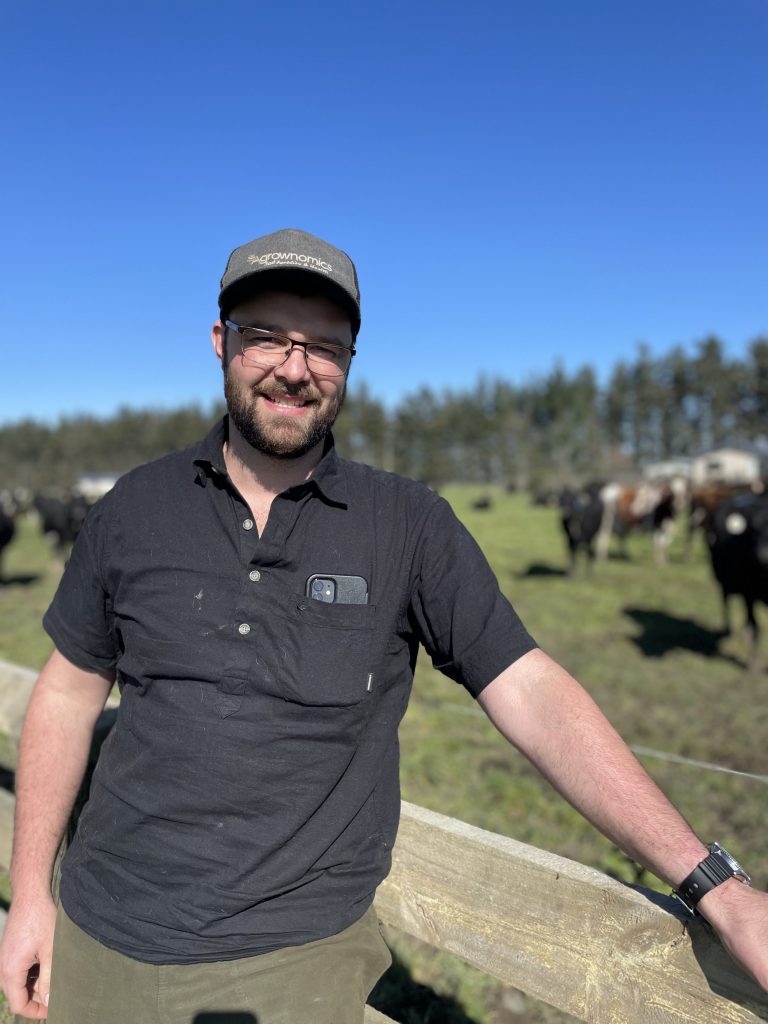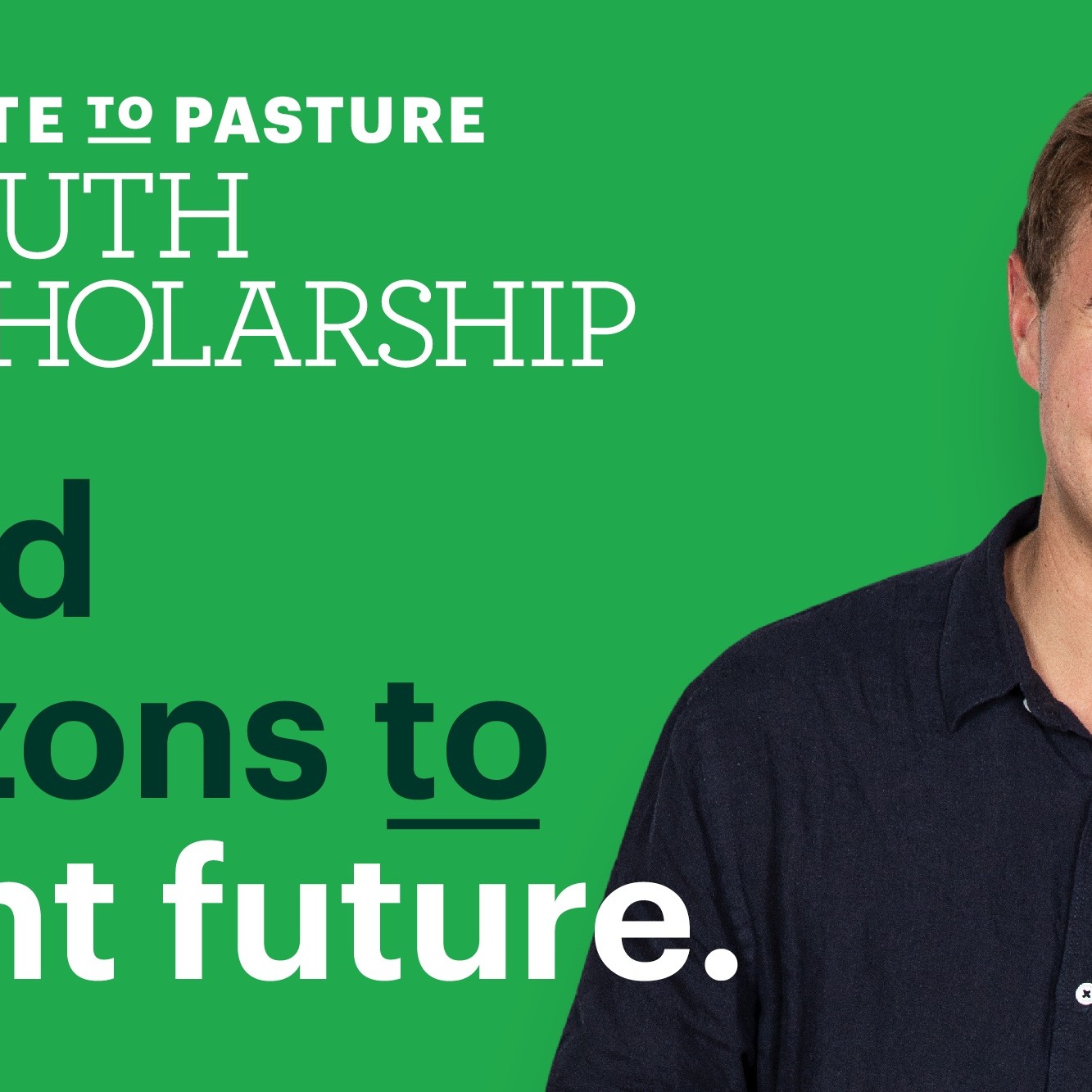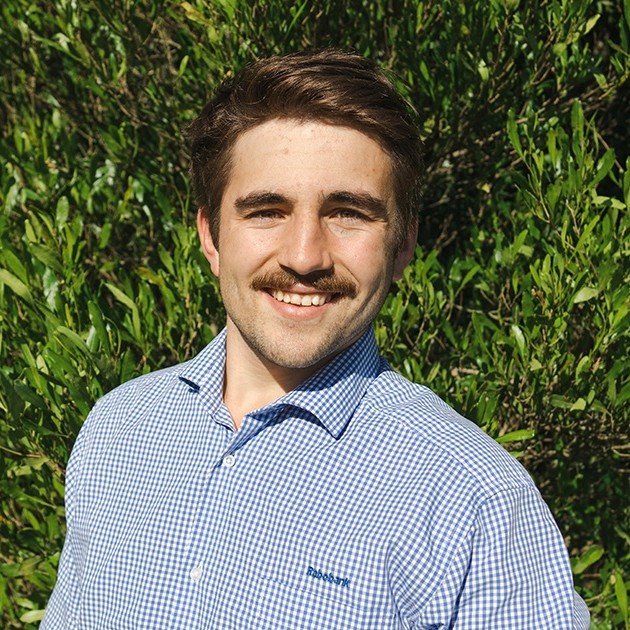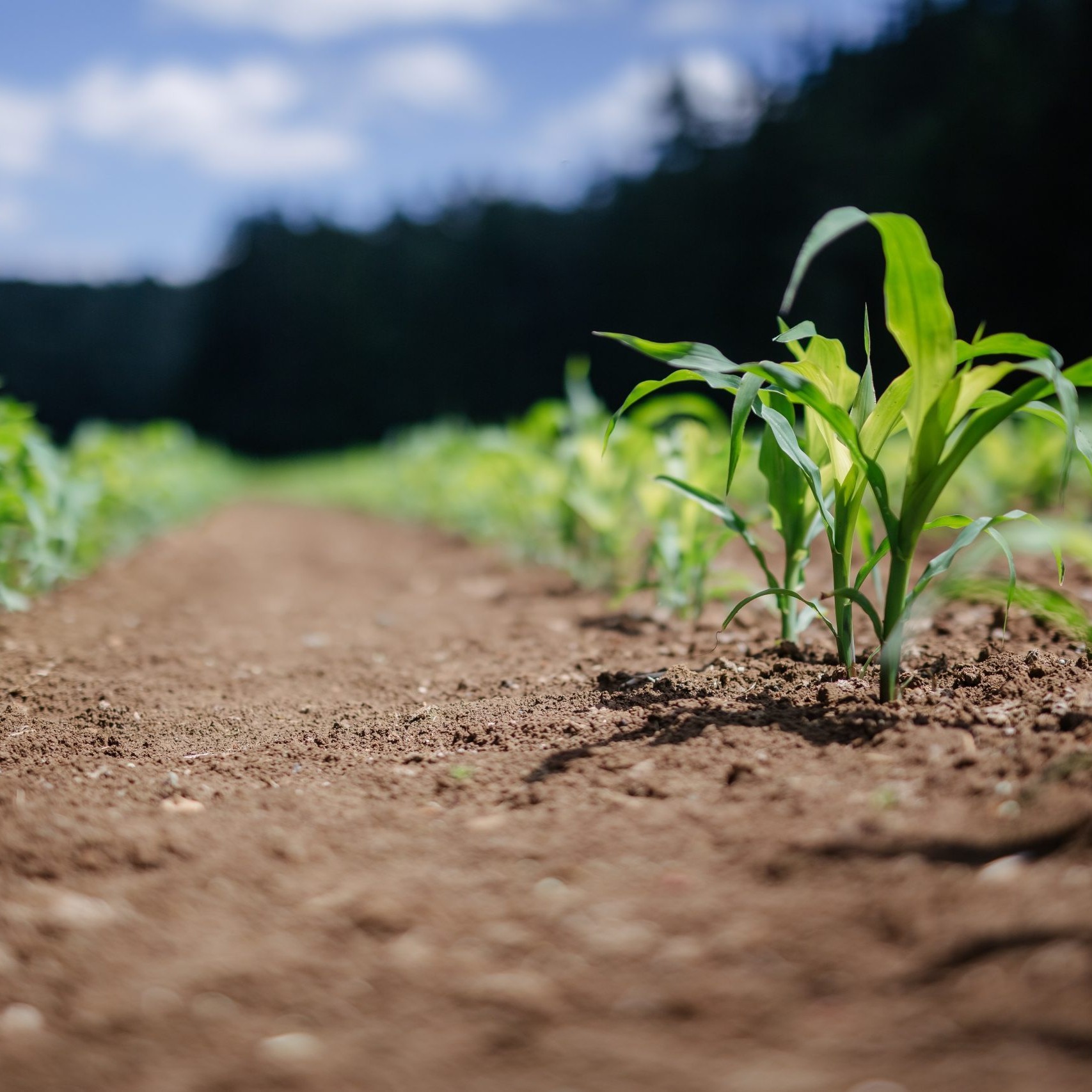Understanding what was happening in the soil made sense for a young Lincoln University student. Anne Lee reports.

Canaan Ahu walks the talk when it comes to helping farmers get the best out of their soils.
The 29-year-old has built a thriving soil consultancy business, Agrownomics and often describes his approach as one of walking alongside the farmer providing step by step advice and building trust as they see each incremental piece of advice lead to results. Canaan grew up in Ngāruawāhia on a lifestyle block.
His grandparents lived on a dairy farm nearby when he was young and the soil, plants and animals were all just part of life’s tapestry.
His love of the land and outdoors drew him to Lincoln University in 2011 and a Bachelor of Agricultural Commerce.
“I wasn’t that keen on the science papers you have to take as part of the degree but there was something about soil science that I just really enjoyed.
“There were these lightbulb moments when understanding what was happening in the soil made sense of things I’d already seen with animals and pastures.”
After graduating he remained in Canterbury and worked for an animal nutrition company that worked with vets as well as farmers.
“I couldn’t help thinking back to what I’d learnt about soils and soil health when we were dealing with animal health and nutrition issues at a cow level.
“Nutrition is used as a way to deal with animal health and performance issues, like fertility, metabolics, somatic cell counts, retained foetal membranes – it’s important and it’s very clear, food is medicine.
“That old saying you are what you eat is true and I started thinking about that homegrown feed and what was missing from the plants and the soils – could we deal with these problems right back at source?”
So he literally went back to root cause, digging into his soils knowledge, then building on it by looking further into the biological processes at work – not just in the soil chemistry but in the soil physics and biology too.
He started out small but in 2018 he moved into soil consultancy as his full-time job, taking the big leap into working in his own business.
“We’re not about selling product – that’s not our business model.
“It’s about being a high service provider, really getting alongside our farmers. Literally getting out on the farm – monthly as we’re needed, looking at the soil, looking at the plants whether that’s pastures or crops and seeing for ourselves what’s happening over time.
“It’s also important to meet farmers where they’re at – in the sense that some may already be interested in the soil biology and building a resilient ecosystem down there as well as providing all the minerals and micro-nutrients the plants and animals need.
“Others could be really just starting out with that journey and they’re very much focused on that N, P, K and S (nitrogen, phosphorus, potassium and sulphur) mindset – still some are just worried about P and pH.
“Wherever they’re at, that’s fine. Little by little we have a very managed, step-by-step way of moving our people forwards.
“If they’re N, P, K and S-focused we’ll start there – those are the pillars we’ll start with, building understanding and making small adjustments so they can see the changes.
“That builds trust, as they see the results and we move on, building and building.”
Canaan says he has numerous clients who have moved from being high users of nitrogen to sitting well below the N cap limits.
“They’re not doing that based solely on my convictions, they’re doing that on their own convictions once they’ve seen results at a smaller scale.”
For farmers to reduce nitrogen and maintain pasture production the soil has to start functioning well with microbes including fungi all working together cycling nutrients in a structural environment that’s conducive to root growth.
“We’ve seen time and time again that farmers can do that. We need the micro-nutrients, the co-factors to be there so the legumes in the pasture can readily fix nitrogen – micro-nutrients like molybdenum (Mo) are essential for the nitrogenase enzyme to function.”
Canaan works with both granular and foliar or liquid applications of some nutrients and microbes.
“Each has its place – we know we can minimise volatilisation losses when we apply various forms of nitrogen through the Tow and Fert so we’re getting similar pasture responses by using up to 30% less N.
“But you won’t get that kind of result if you don’t make some adjustments to how you’re managing your pasture for example.
“If you apply the liquid N as a foliar spray straight after you’ve grazed the paddock right down to a low residual, for instance, you’re not going to have the leaf area to absorb the nutrient, so you need to be waiting five to seven days.”
Micronutrients, fish fertiliser, humates and effective micro-organisms (EM) are also good candidates for liquid application but phosphate and calcium can often best be applied in a granular form.
EM include a range of soil micro-organisms such as bacteria and fungi with EM products used to inoculate the soil in a similar way to probiotic use in human health.
There can be 80 different organisms in an EM product.
“There’s more to a healthy soil than minerals – if the biological food web is broken and not functioning well you have to create an environment where it can flourish.”
Similarly, he says, if the structure isn’t right – if for instance there’s no aeration below 50mm – plant roots can’t survive there which in turn means root exudates, sugars and carbohydrates aren’t present for the soil biology to live on.
Canaan says the polarisation of views when it comes to soil health and management is regrettable and he’s hopeful that a growing interest in regenerative practices might encourage people to learn more about life within the soil.
Based on the fact his company has a waiting list of clients, the curiosity is definitely building.




